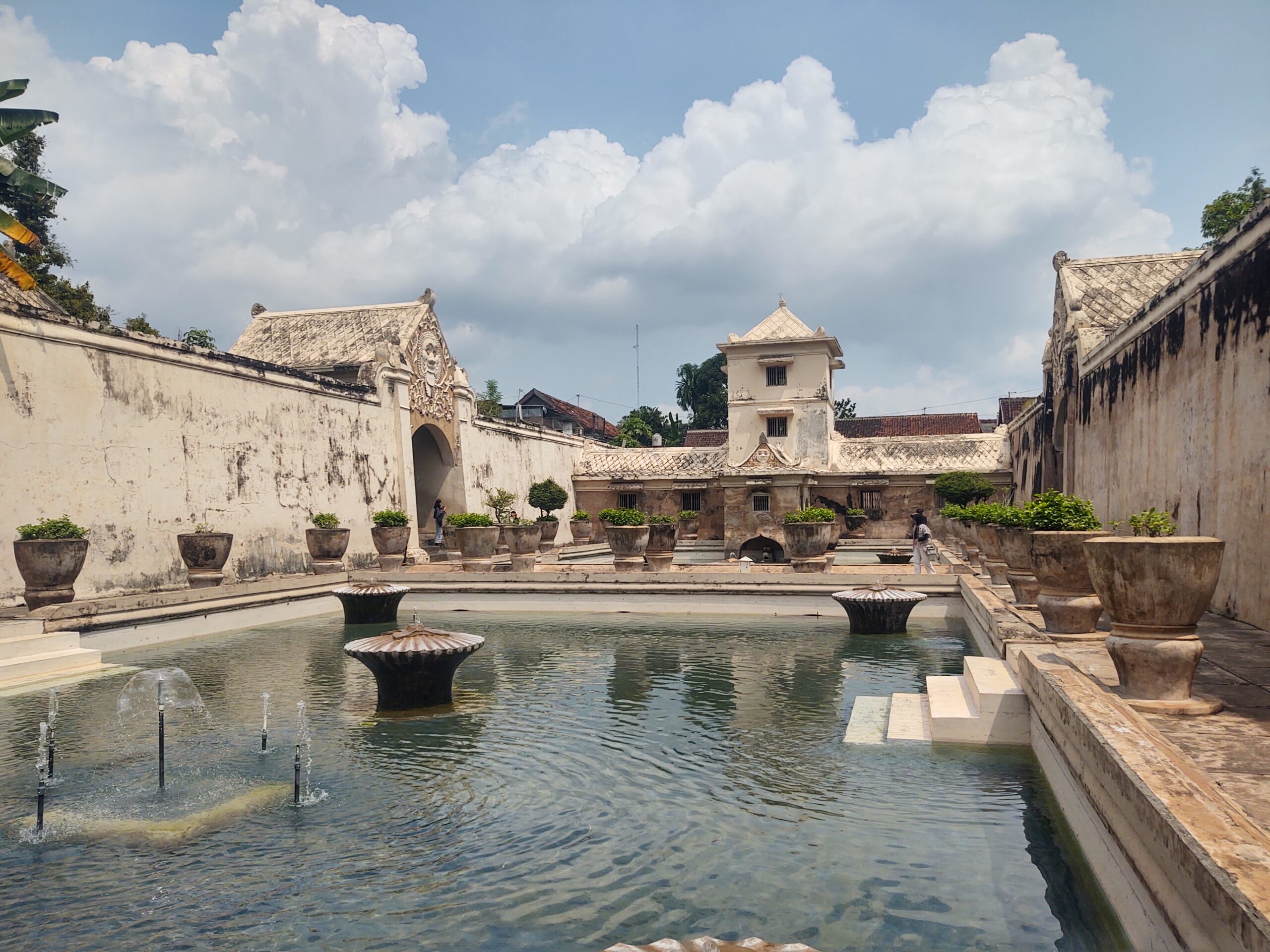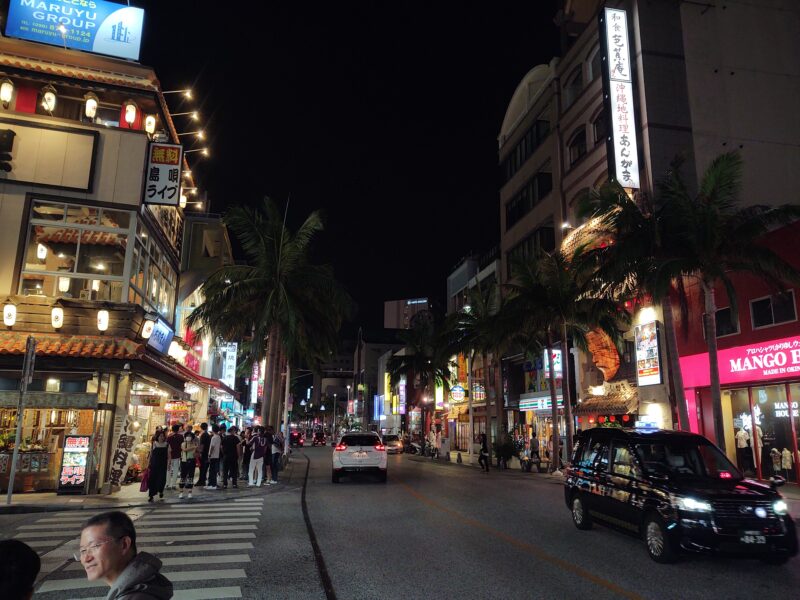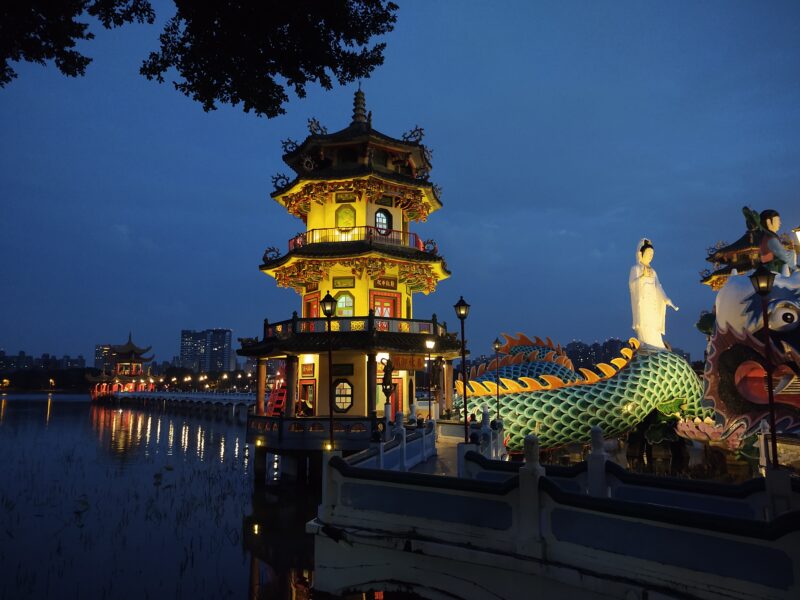I took a short trip from Bali to Yogyakarta (also known as Jogja or Yogya) at the beginning of September. I had an amazing time for the three days that I was there.
In this quick article, I’ll tell you what makes Yogya so special and why it should be at the top of your list to visit in Indonesia.
View all Yogyakarta photos in the gallery.
Yogyakarta has a bit of everything
Start your journey at Malioboro Street, the center of downtown, where horse-drawn carriages carry passengers past batik shops, local food specialty stores, old-fashioned street lamps, and cobblestone sidewalks. At night, Malioboro comes alive as a pedestrian-only zone, where locals go out for a walk and a snack in the cool evening air.
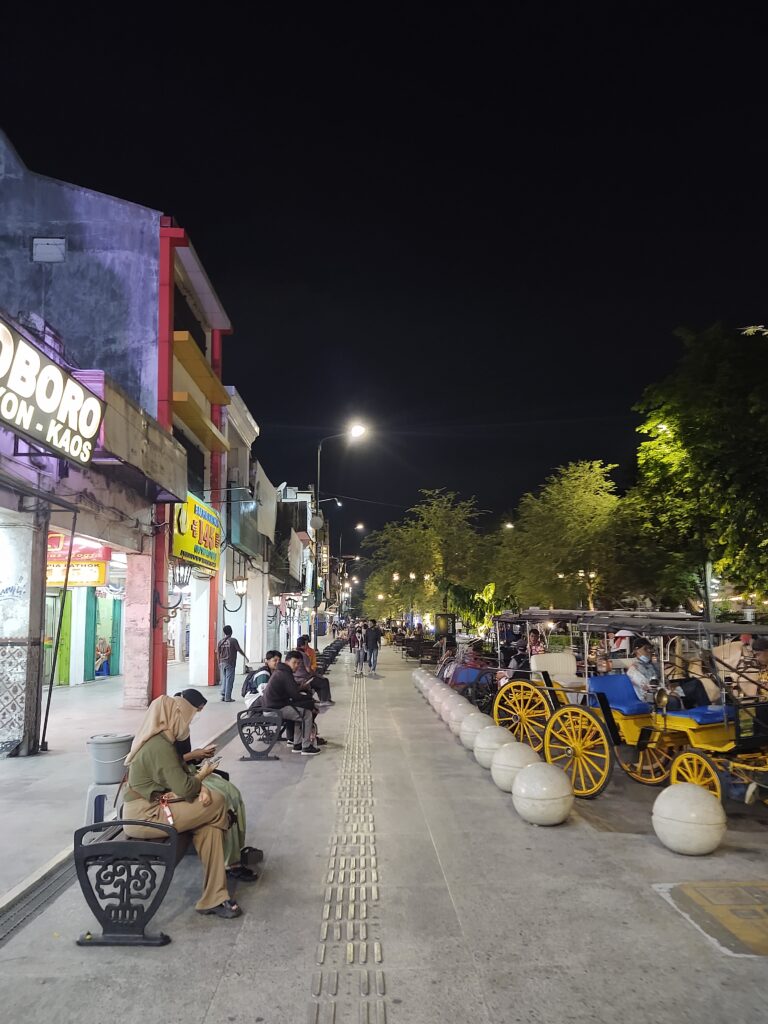
Continuing south on Malioboro, you’ll come to Kraton, a large palace complex where the sultan lives. Nearby, Taman Sari is a tucked-away sandstone labyrinth of azure fountains and baths, located in a quiet district of narrow alleys covered entirely in street art — the perfect place to wander and explore.
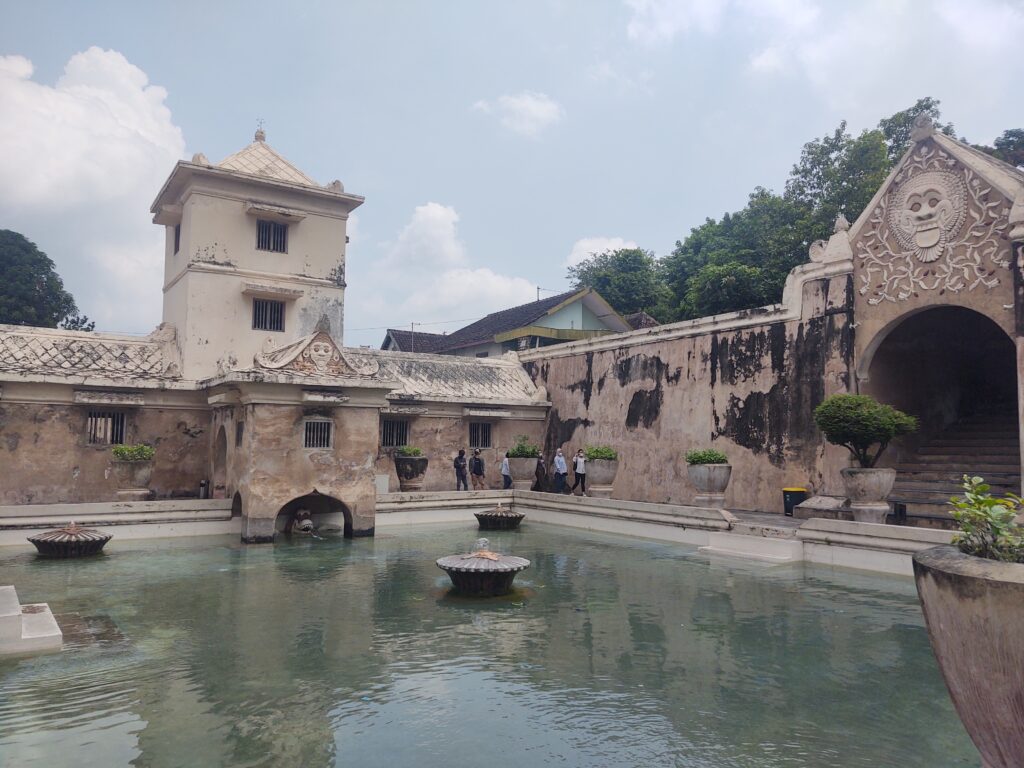
Outside town is Borobudur, the largest Buddhist temple in the world, built over 1,000 years ago. Borobudur is a must-see site, and it’s the most visited destination in Indonesia for domestic tourism. Although the terraces were closed for renovation when I visited, I still marveled at the well-preserved, intricate stone carvings.
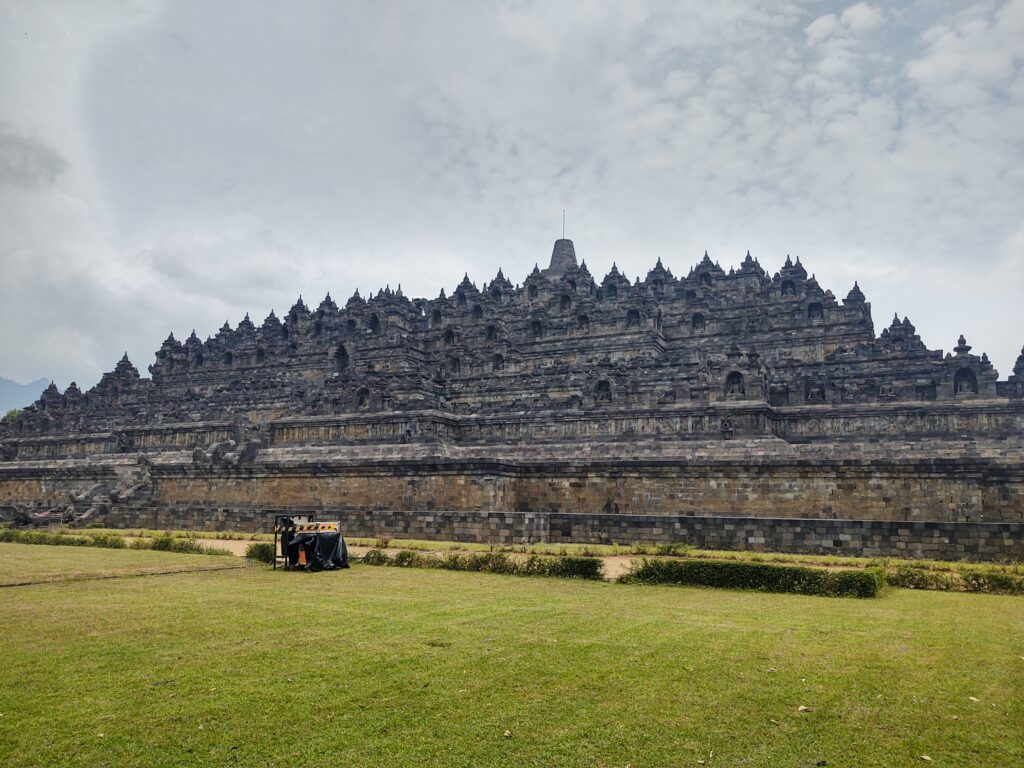
To the east, you should also stop by Prambanan, a huge Hindu temple complex with more well-preserved, immaculately carved towers representing the trio of gods and their mounts. At sunset, you can watch a traditional dance performance of the Ramayana, but if you are also visiting Bali, I’d recommend seeing it there instead.
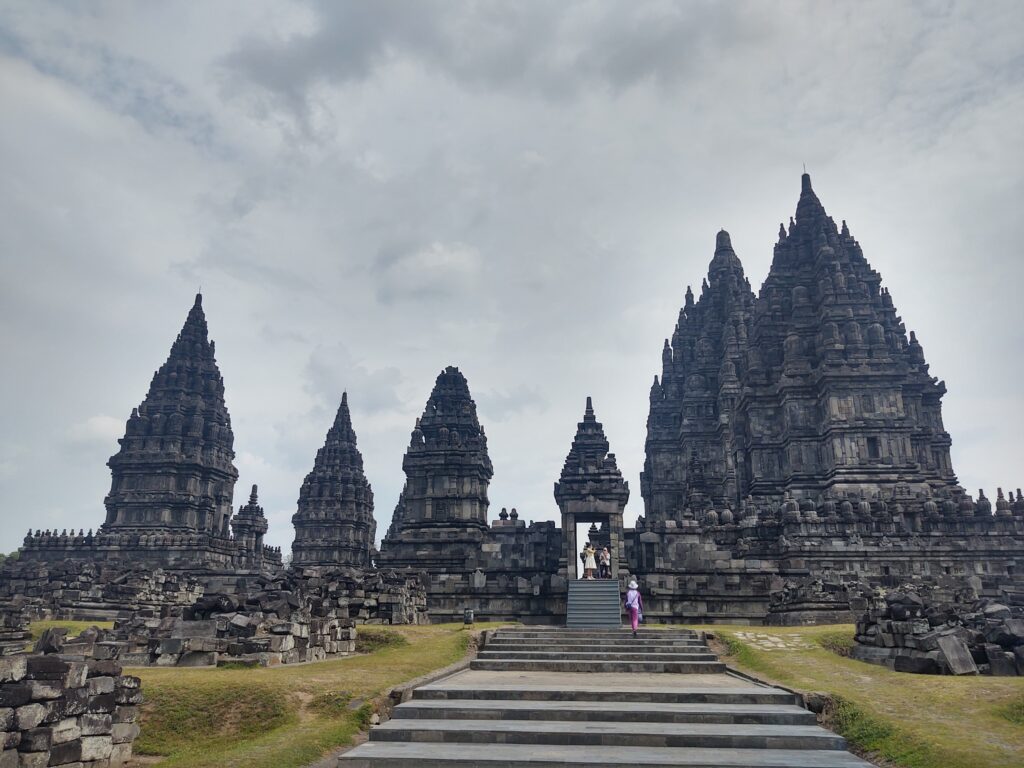
More nature surrounds Yogya, with jungles, volcanoes, caves, rice fields, and hikes in the nearby mountains.
Yogyakarta is Unique
Yogya is one of Indonesia’s cultural hubs, and it blends past, present, and future; a mix of tradition and aspiration. It’s one of the most unique places I’ve ever been for this combination. One can feel Yogyakarta’s cultural roots everywhere; yet each site feels as though it is still alive and being created, redefined, and reinterpreted.
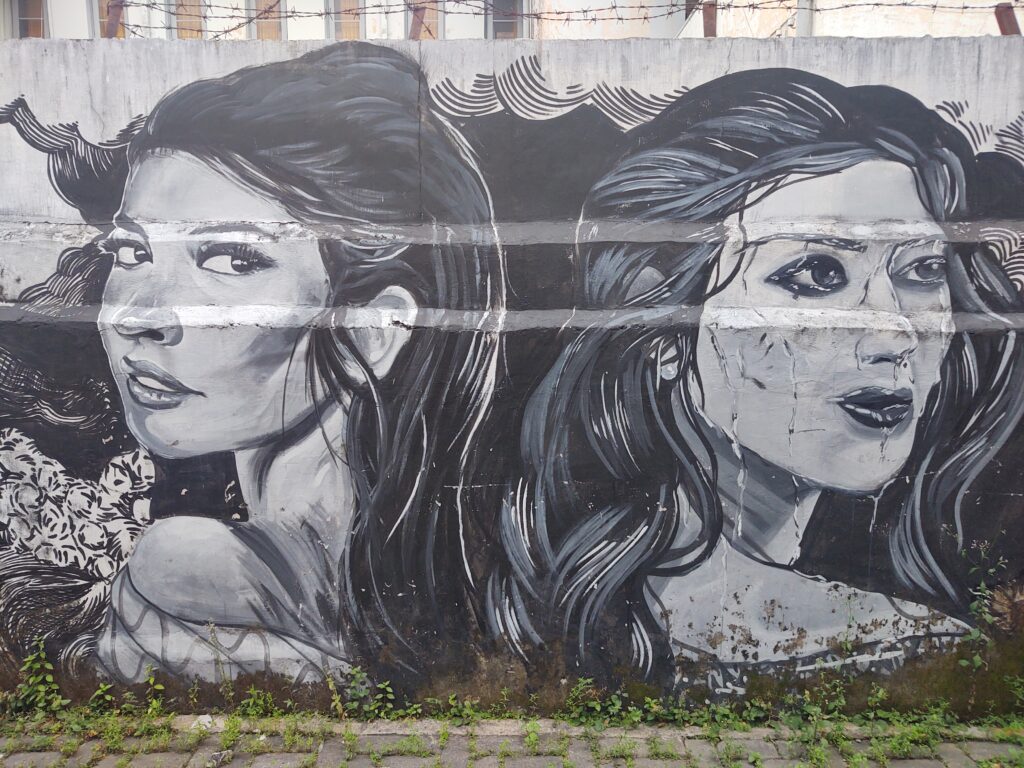
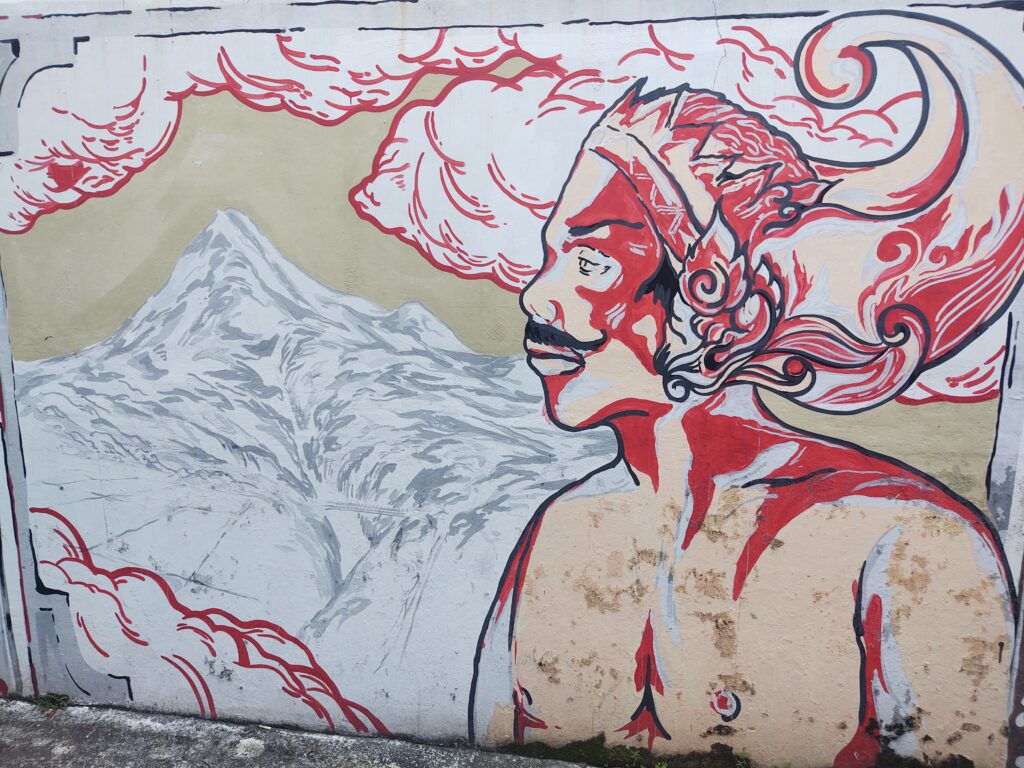
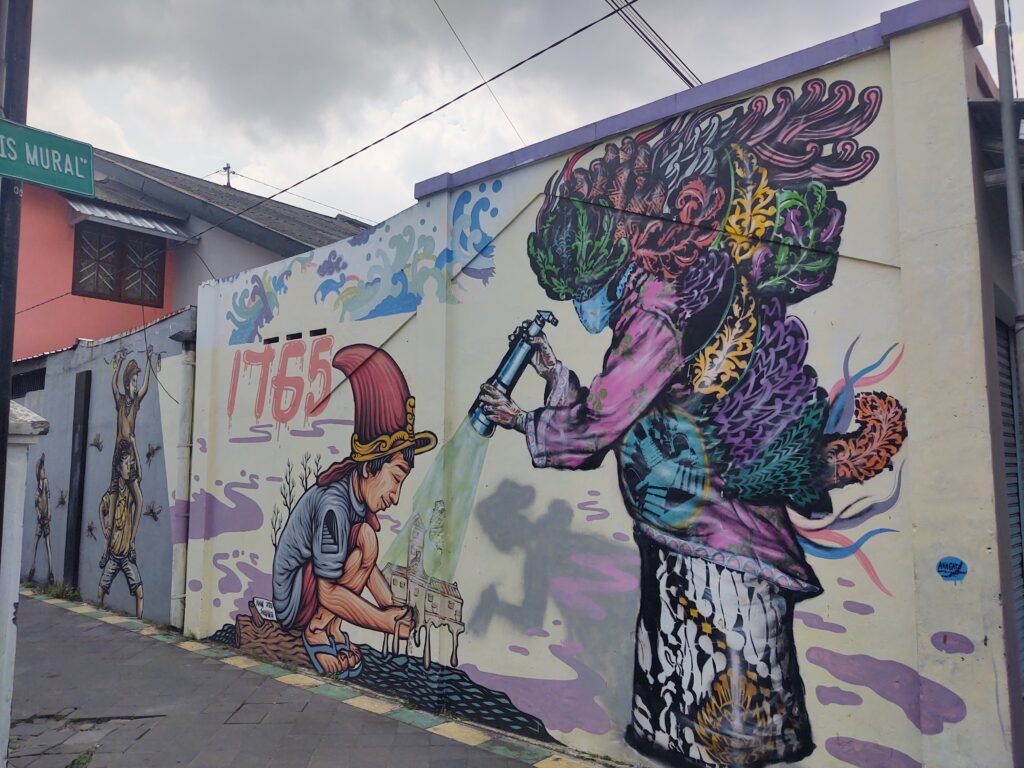
In Indonesia, every region has its own local cuisine. Yogya is considered a “foodie city,” and the local food has a reputation for being extra sweet. The city’s classic dish is gudeg: unripe jackfruit stewed in palm sugar. Bakpia (a small pastry) and lumpia (fried spring rolls) are more dishes which, in Yogya, get a sweet twist. Kopi joss is a local specialty, where a glowing hot charcoal is placed into a cup of extra-sugary coffee, absorbing some of the caffeine and creating a smoother taste.
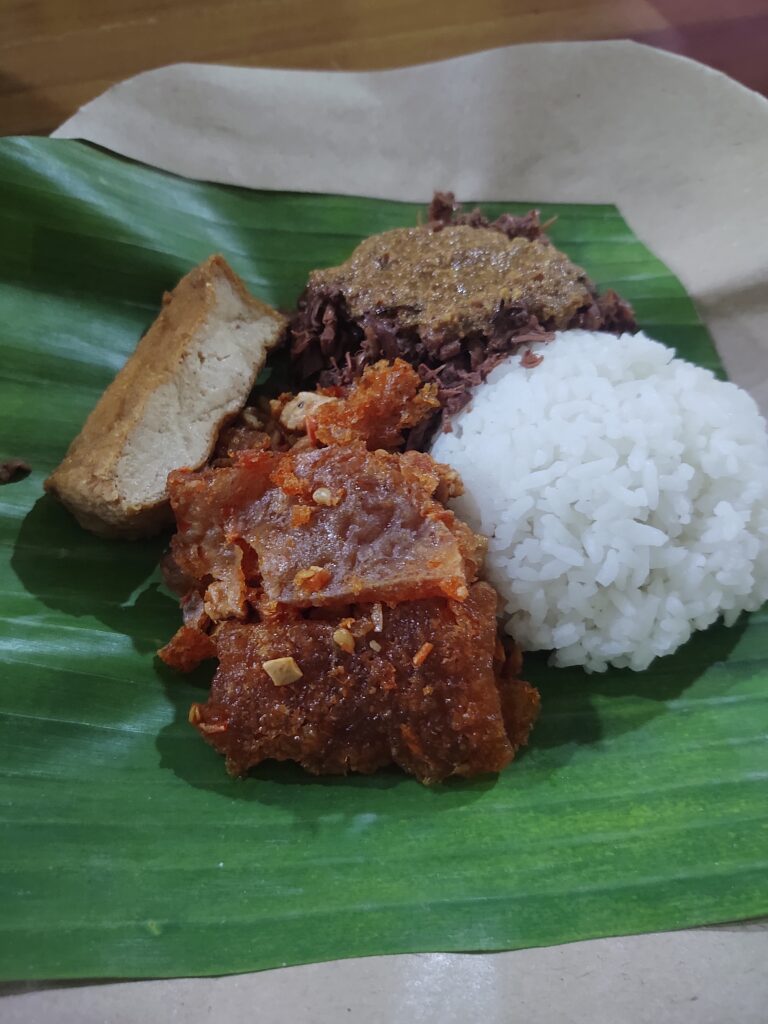
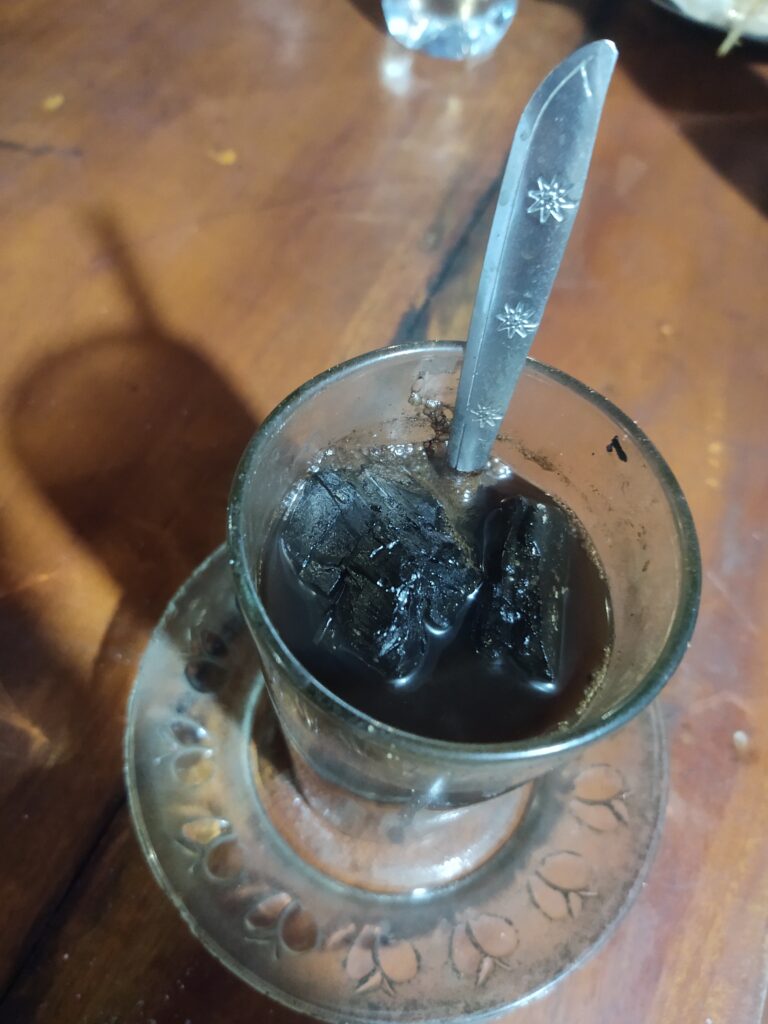
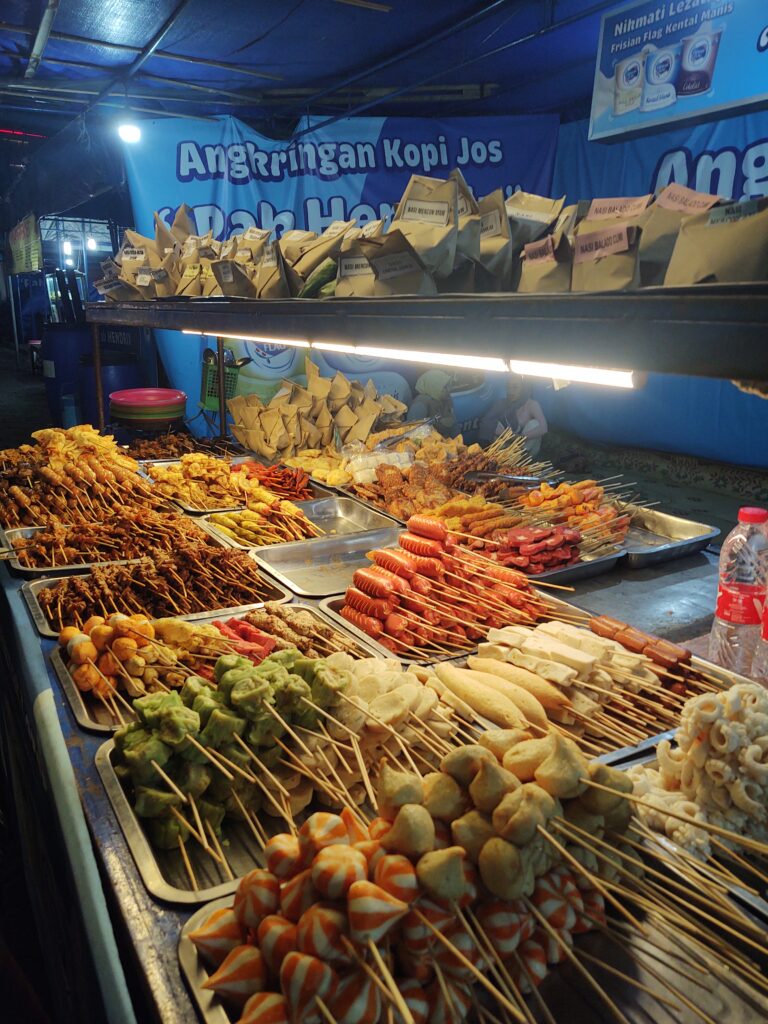
Yogyakarta is Authentic
If you read my blog much, you’ll know that I’m not crazy about super-touristy places. Yogyakarta is not touristy at all. Much the opposite — Yogya feels extremely local. To be fair, Yogya gets tons of domestic tourists, but not nearly as many international ones. Because of this, it feels authentic.
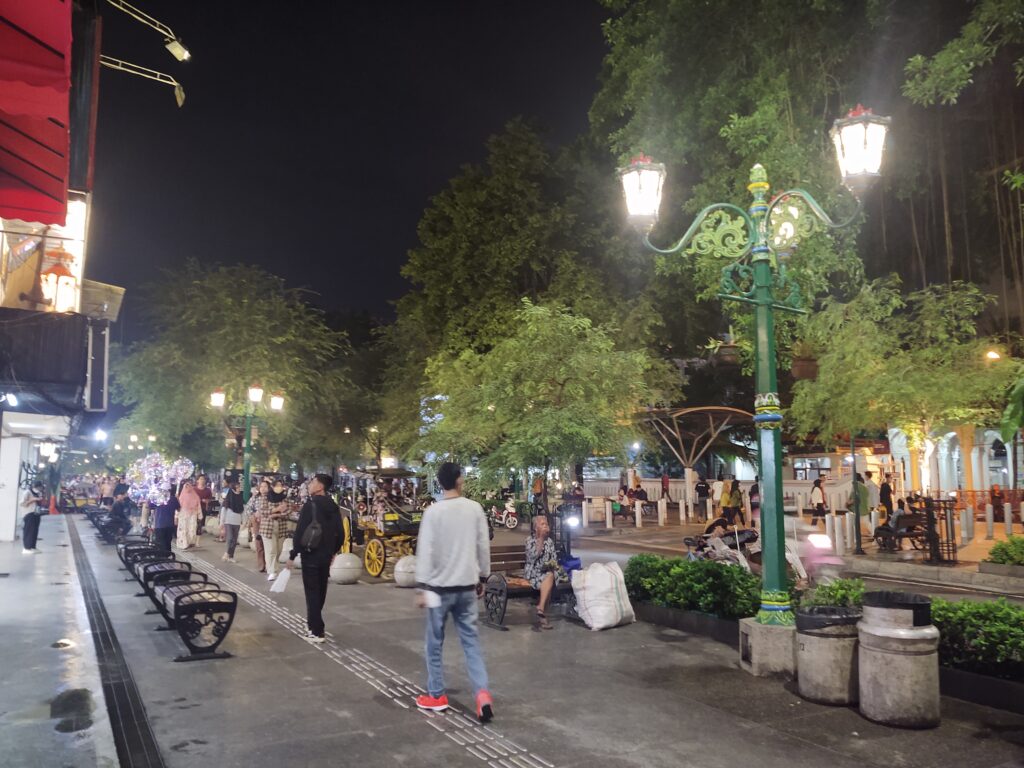
The reason this is cool is because it doesn’t feel like Yogya’s attractions are catering to visitors and their biases. Yogya is not any more expensive than the rest of Indonesia, and it isn’t rigidly divided into “tourist district where locals never go” and “residential district where tourists never go.” When you go to Yogyakarta, you see local life as it actually unfolds.
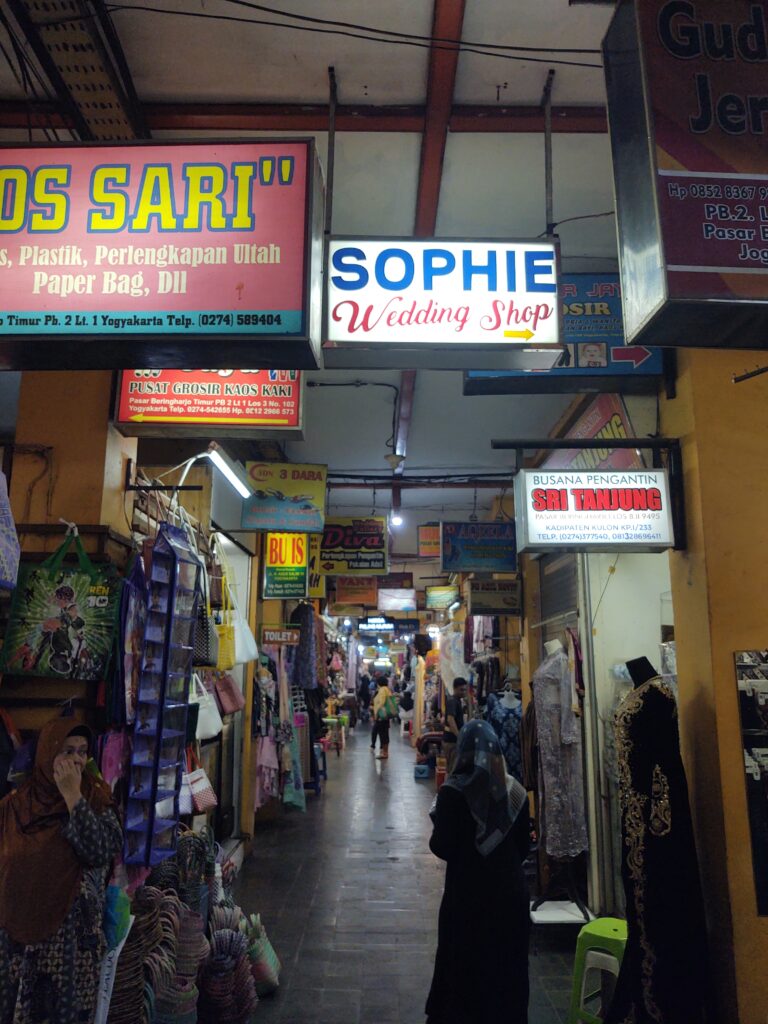
Yogyakarta is Joyful
To me, everything about Yogya is charming and joyful. Let me give you some examples.
One evening, I took a food tour around town to explore the local cuisine. We finished in Alun-Alun Park, behind the sultan’s palace — one could call it the sultan’s backyard — which was empty when I visited during the day. Yet at night, it was converted into a huge night market, and it felt like everyone in town was on the lawn, grabbing a snack, and hanging out under the stars. Pedal carts were lit up with vibrant unicorns and rainbows and took laps along the park’s small ring road.
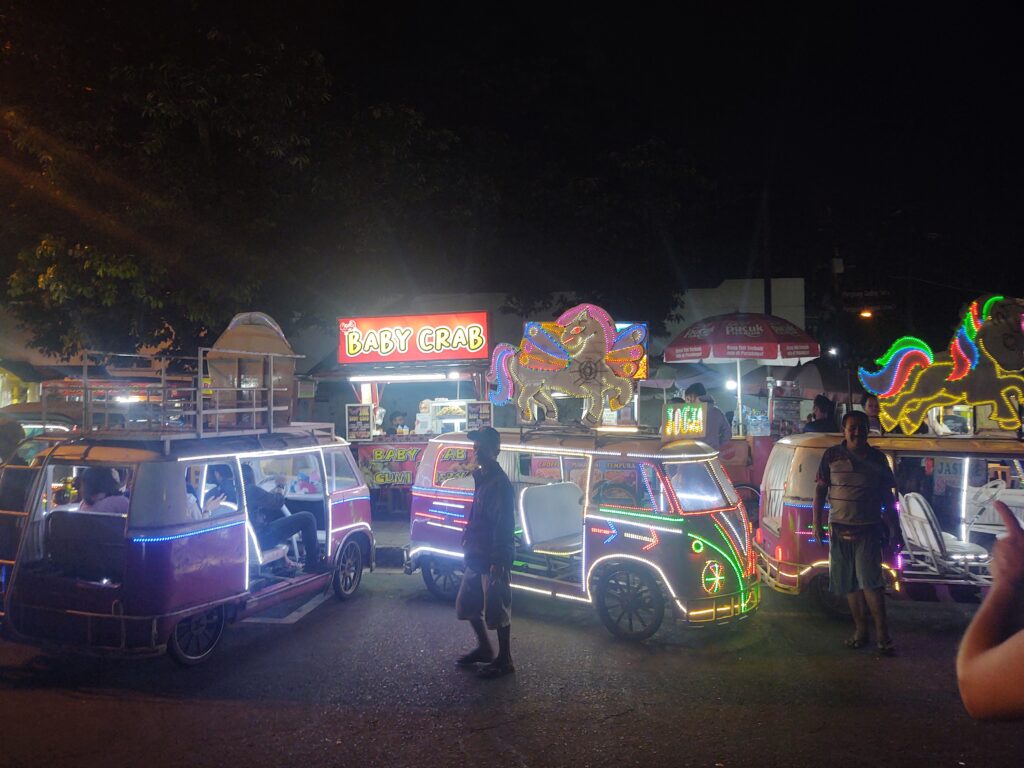
It makes me happy to think that everyone hangs out in the sultan’s backyard every night. Yogya is mostly Muslim, and not a lot of people drink, making this alternative nightlife scene even more unique, innocent, and charming compared to the same old bars and clubs.
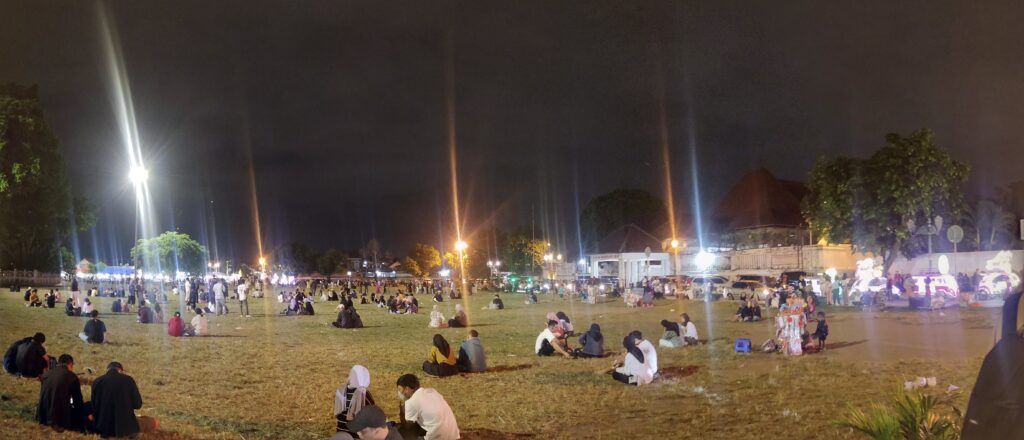
I also learned that when Indonesians travel around their country, they like to buy snacks and bring them home for their friends and family to try, since every place has its unique specialties. Strolling around town, little food souvenirs are everywhere — canned gudeg, cookies, brownies, bakpia, and more — all packaged purposefully for travel.
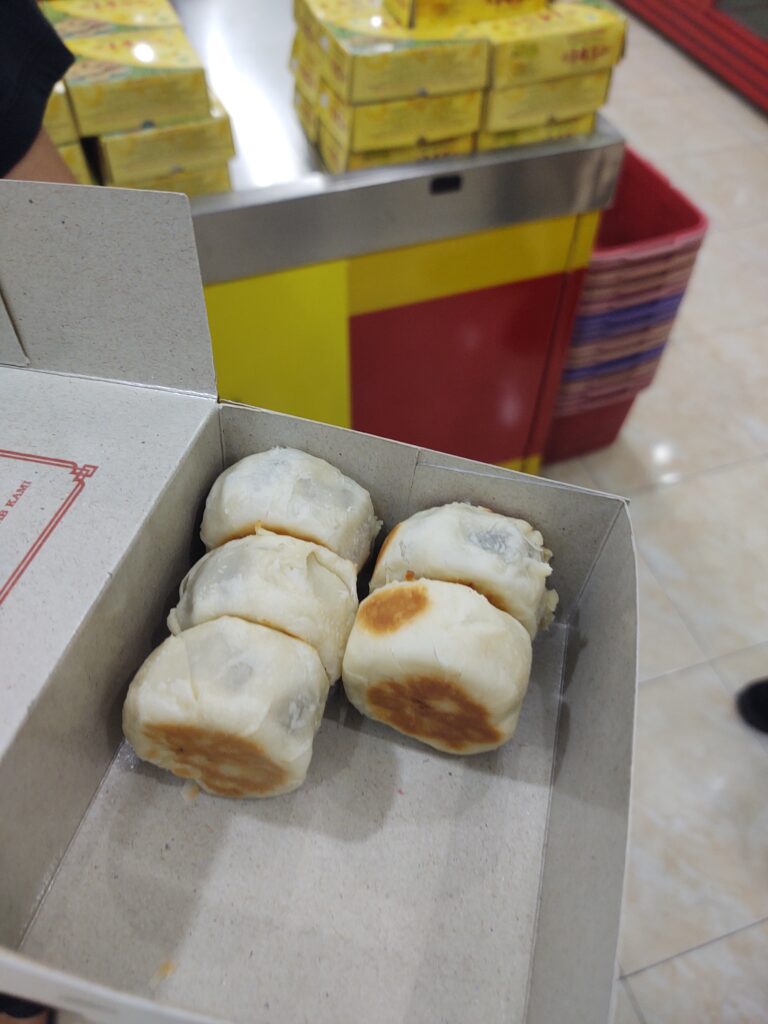
So often, I want to share flavors from my travels, yet they’re usually hard to find, or at best, inconvenient. In Yogya, they’ve thought of it, they do it too, and they’ve got you covered. I mailed some sweets home while I was there.
Yogyakarta is a Great Place
I only visited Yogya for a few days to do some sightseeing. But I realized that it would be an amazing place to stay longer: it’s so residential, casual, friendly, interesting, and charming. I think it would be a great place to live and explore more.
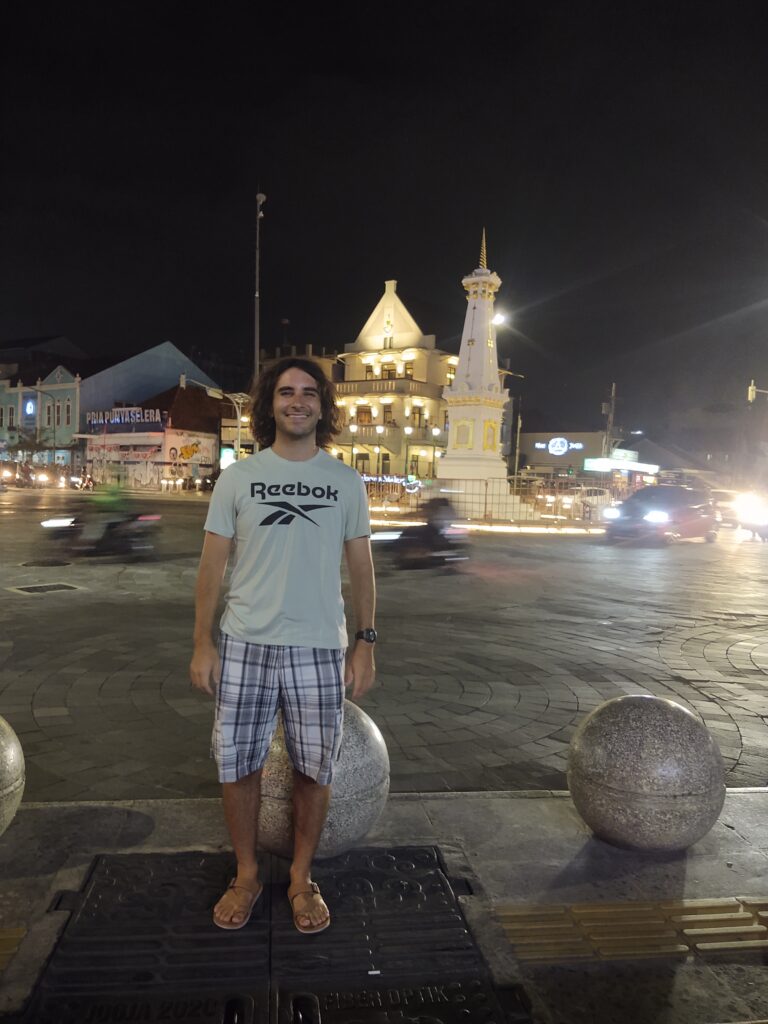
Every experience I had in Yogya was a positive one, and I’m excited to go back again someday. I highly recommend visiting there next time you are in Indonesia for a vibrant and authentic taste of Indonesian and Javanese culture.
Cheers,
Andrew
P.S. Have you visited Yogya? What did you think? What did you like, and was there anything you didn’t like?
